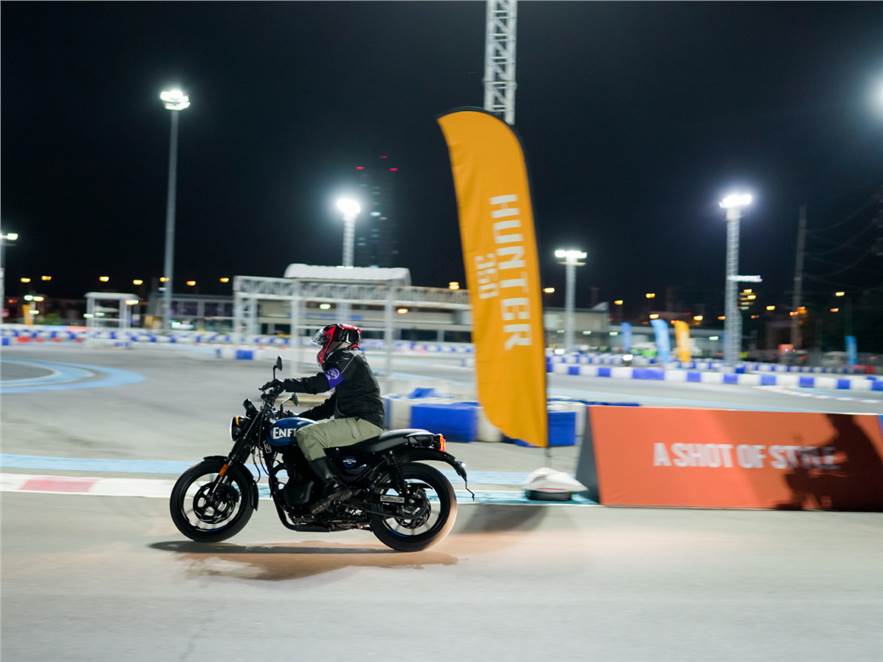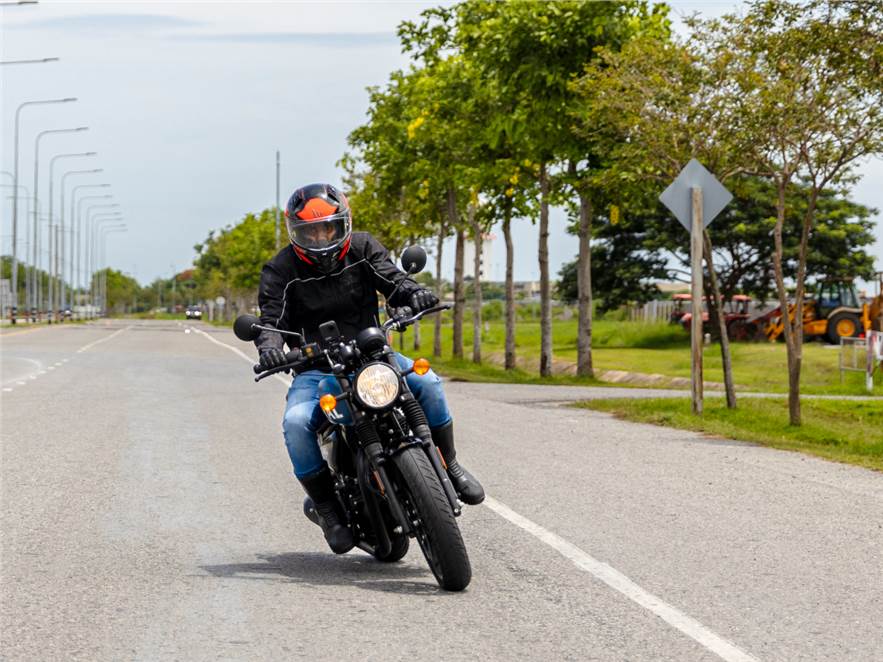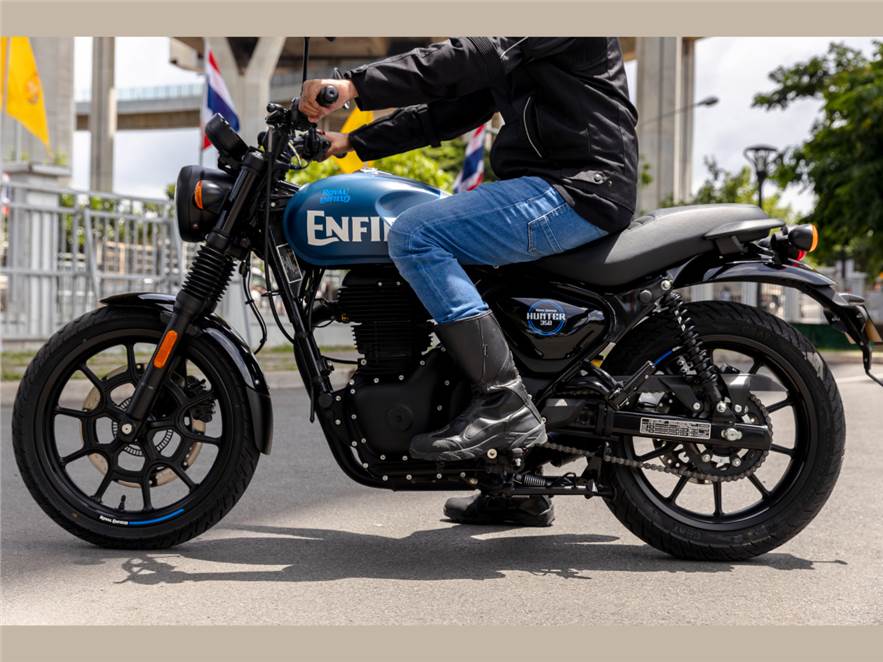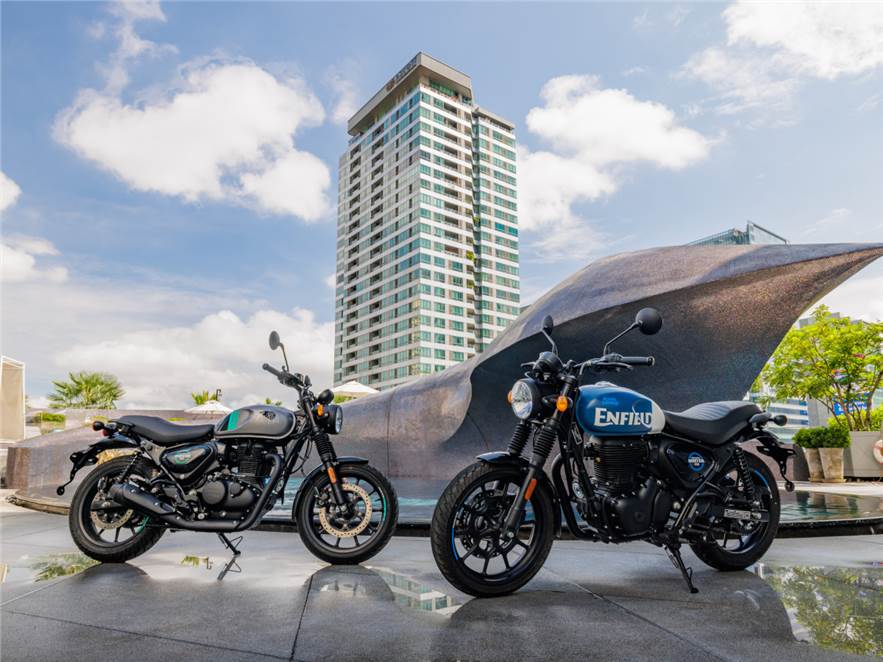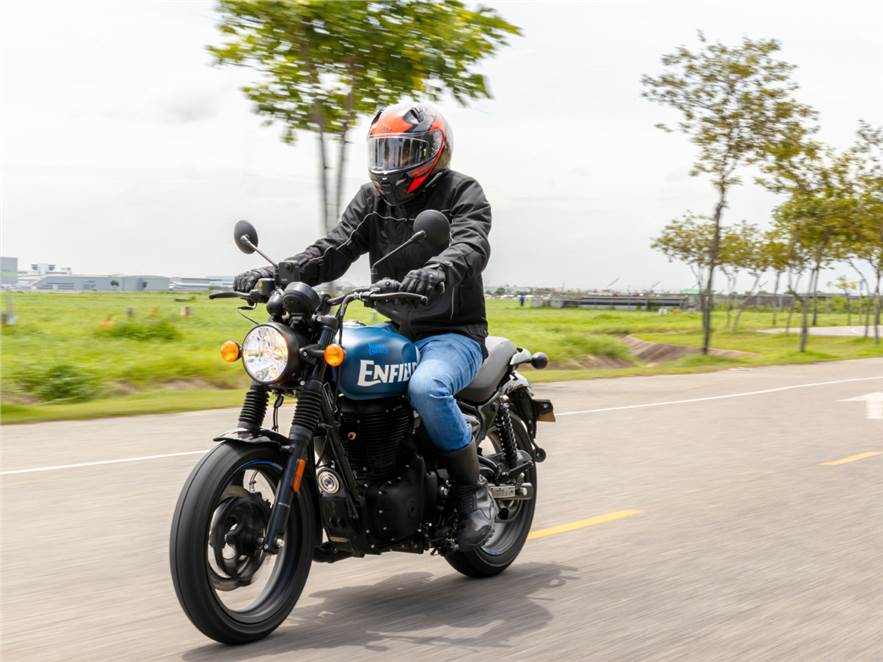Royal Enfield has been stirring up more headlines in the past few years than any of its rivals. The company has always had a cult following, but now it has the engineering and the business smarts to push ahead of its 100+ year old legacy… on two wheels of course. One glance at the website and you’ll be reminded that the Royal Enfield catalogue is only getting bigger.
The Royal Enfield badge that was once synonymous with the iconic Bullet and Classic silhouette now comes plastered to motorcycles of all shapes and sizes. Some that are outlandishly different like the Himalayan, yet charmingly Enfield. The Royal Enfield Hunter 350 is one such two-wheeler that we planted our rears on, and although it looks like a roadster, it has the heart of a Classic 350.


